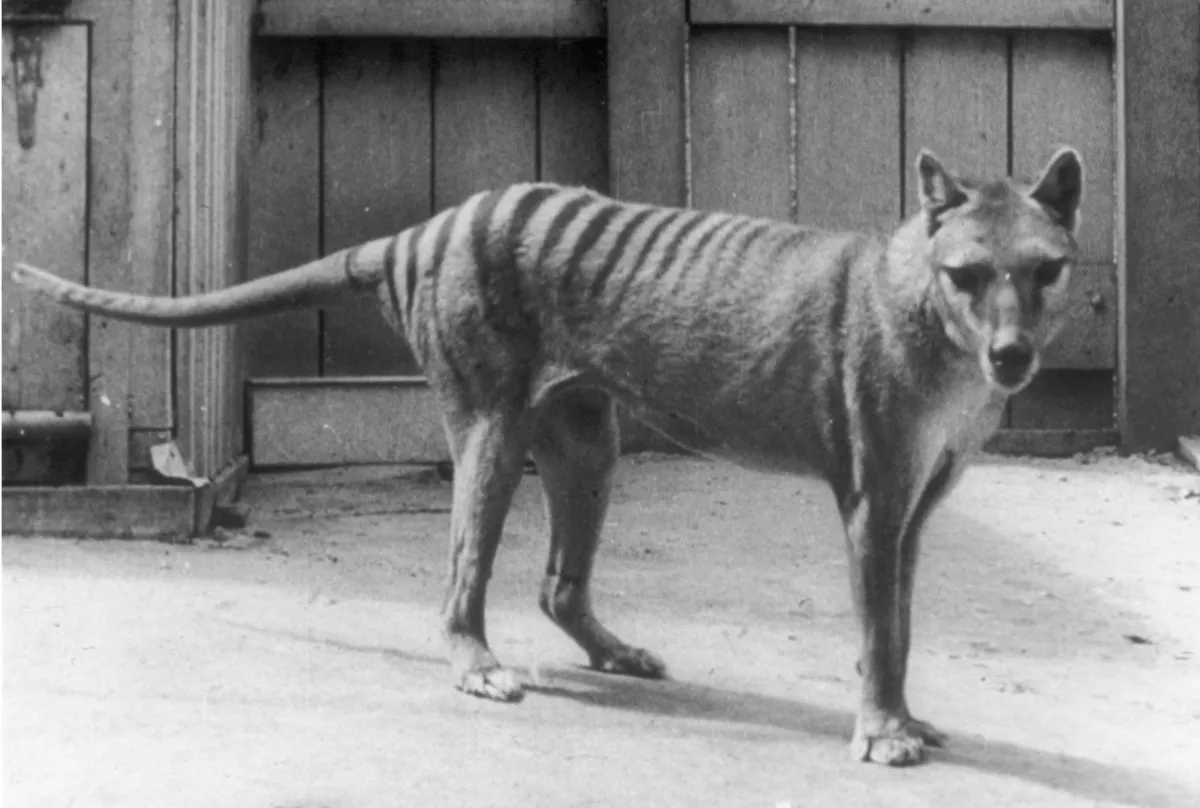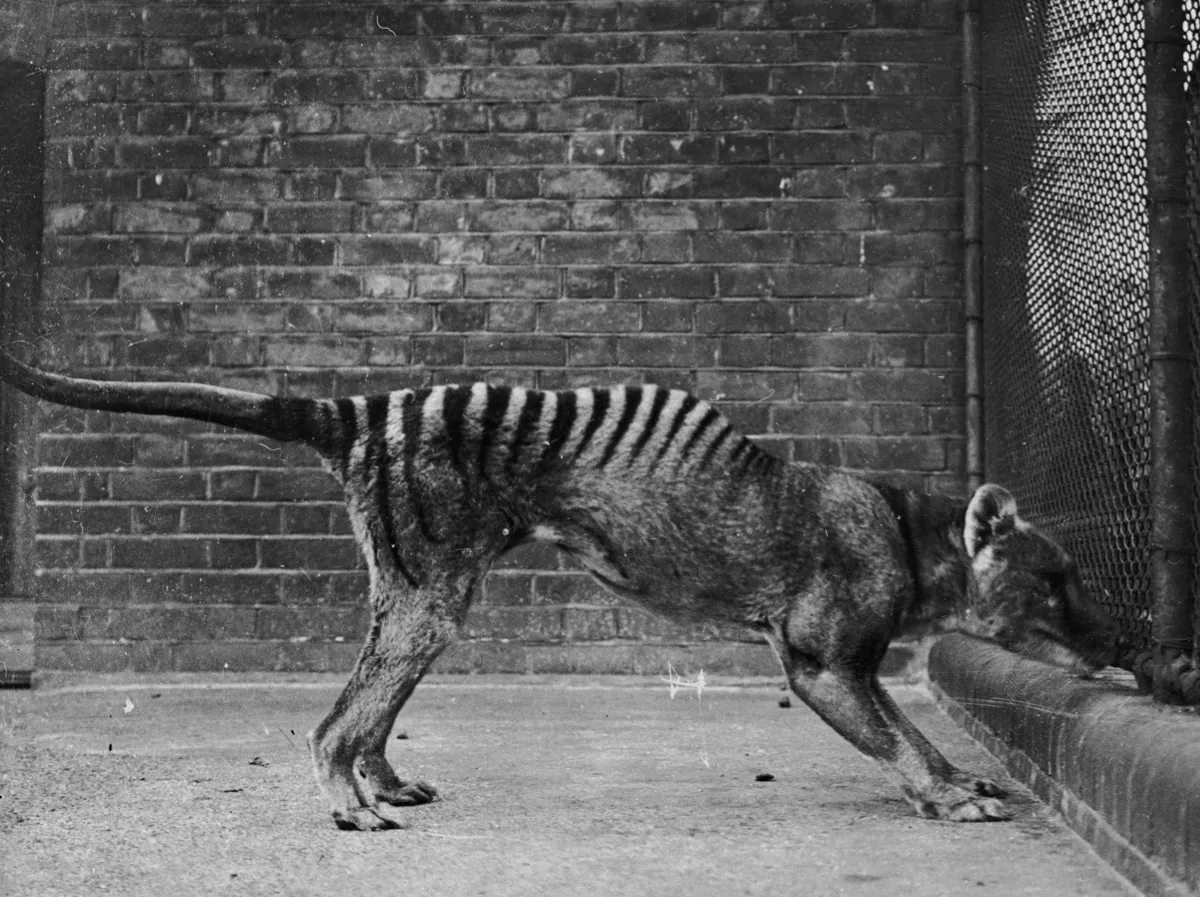Head Down Under, and you’ll find quite different wildlife to what we have here in Europe.
While European mammals belong to the ‘placental’ group – meaning that the offspring is carried in the mother’s uterus, being nourished by the placenta, until a fairly late stage of development – Australasian mammals are mostly marsupials.
Marsupials opt for a completely different reproductive strategy, where a jellybean-like foetus is born at a relatively early stage, then makes its way from the mother’s birth canal to a pouch situated on her abdomen. Here, it will attach to a nipple in the pouch, and feed on milk as it continues to develop.
There are 335 marsupial species currently in existence today, with some 70 per cent of those species native to Australasia. As they have inhabited the region for a long time, they have evolved many different body types to occupy various niches. There are the familiar kangaroos, koalas and Tasmanian devils, but also less well-known bandicoots, quolls and numbats (look them up, they’re SUPER cute).
When humans first arrived in Australasia some 50,000 to 65,000 years ago, there would have been even more intriguing fauna, including giant, carnivorous kangaroos (we wouldn’t fancy meeting one of those) and hippo-sized wombats. These became extinct over the course of a few thousand years, either due to climate change, human impact, or a combination of the two.
But one marsupial species was only wiped out within the last century, and it’s currently capturing the attention of scientists who want to de-extinct it. It is, of course, the thylacine.

What is a thylacine?
The thylacine, also known as the Tasmanian tiger, is not a tiger. Nor is it a dog, a fox, or a wolf. It is an extinct carnivorous marsupial. They first made an appearance in the fossil record some four million years ago.
The adults had a body length of 100 to 130cm, with a long, stiff tail measuring 50 to 65cm. While earlier studies suggested thylacines weighed up to 30kg, newer research says that they weighed around 16.7kg on average. They had a short, brownish-yellow coat with a distinctive pattern of stripes along the rump.
Their mouths were able to open unusually wide, to an angle of more than 80°. While they were often blamed for killing farmers’ sheep, research suggests their weak jaws couldn’t manage anything larger than a possum.
The shy animals were nocturnal and crepuscular, spending daylight hours hidden away.
Uniquely among Australian marsupials, both male and female thylacines had a pouch. Females could hold a litter of up to four babies in her rear-facing pouch. In the males, the pouch was used to keep the genitalia protected.

With their dog-like appearance, carnivorous diet, and sandy-coloured fur, thylacines may resemble dingoes, but the two species are not related. Thylacines and dingoes are an example of ‘convergent evolution’, whereby two unrelated species evolve similar traits, to best exploit their environment.
Archaeological data suggests dingoes came to Australia between 3,500 and 12,000 years ago, while thylacines have been present on the continent for much longer.
When European settlers first arrived on Australia, they discovered dingoes living alongside Aboriginal Australians, sometimes wild and sometimes in a semi-domesticated state.
Where did the thylacine live?
Fossil evidence and Aboriginal cave art has confirmed that thylacines once occupied mainland Australia, New Guinea and Tasmania.
Thylacines became extinct on the mainland around 3,000 years ago, which coincides with the appearance of dingoes. However, some researchers claim that climate change and an increasing human population at the time may be to blame.
Whatever the cause, thylacines became restricted to Tasmania (which was never populated by dingoes), where they mostly inhabited woodland and grassland habitats.
What did the thylacine eat?
As we now know that thylacines were not as chunky as once thought, researchers have concluded that thylacines probably fed on smaller animals such as possums and birds. They would have been unable to handle large prey.
Thylacines were persecuted by European settlers as it was believed that the animals were hunting their sheep. This threat to sheep was almost certainly exaggerated; it is more likely that feral dogs and poor management of livestock were the reasons that farmers struggled with losses.
Why did the thylacine become extinct?
When European settlers first arrived on Tasmania in 1803, there were thought to be 5,000 thylacines living on the island. By 1830, the thylacines were so hated by the colonisers that a bounty programme was started, whereby farmers would pay people for the animals’ skins.
In 1888, this programme was formalised by the Tasmanian government, with a price of £1 per dead adult thylacine, and 10 shillings per pup. The shy thylacines were slaughtered in their thousands.
It has been calculated that 3,500 thylacines were killed by settlers between the 1830s and the 1920s, with introduced diseases, wild dogs and habitat destruction adding further pressure to the animals.
Read more about extinction:
- Back from the brink of extinction: The best conservation success stories
- Ugly fish are under threat of extinction and need saving
- 9 ways you can help to save insects from extinction
People from the scientific and zoological communities became concerned about the dwindling population of thylacines, but conservation efforts came too late. While thylacines had been exhibited in zoos around the world from 1850 to 1936, it is thought that they only successfully bred once in captivity.
The last wild thylacine was shot in 1930, and the last captive thylacine, ‘Benjamin’, died in 1936 in Hobart Zoo, Tasmania, just two months after the animals were given protected status.
Over the decades, efforts were made to find more thylacines, to no avail. Thylacines were declared officially extinct in 1986.
Could the thylacine still exist?
Despite the last wild thylacine being shot in 1930, many people refuse to believe this carnivorous marsupial has gone. Just like how people scour the wilds of North America for Bigfoot, some have spent years obsessively searching for evidence of living thylacines.
Indeed, the marsupial is still the subject of recent sightings, both in Tasmania and on the Australian mainland. For example, in February 2021, camera trap footage of a suspected thylacine family was sent to the Tasmanian Museum and Art Gallery for identification. The experts poured cold water on the thylacine claims, and said that the video showed a group of pademelons (small, kangaroo-like marsupials).
Then, in 2022, a TikTok user in Melbourne uploaded a video of a suspected thylacine they’d spotted while driving. Commenters on the video suggested that it was (rather less excitingly) a mangy fox.
But maybe they weren't wiped out as early as the 1930s? A pre-print paper (which has not yet been peer-reviewed) was released by Prof Barry Brook of the University of Tasmania in 2021, suggesting that very thing. He, along with his team, compiled a database of 1,237 thylacine sightings from 1910 onwards.
While the majority of these sightings are likely to be mistaken identity or made-up stories, Brook took this into account. He gave a lower score to dodgy-sounding sightings, and allocated a higher score to reports by scientists, rangers, or ex-hunters.
After crunching the numbers, the researchers came to the conclusion that it is more likely that the thylacine went extinct in the 1980s to early 2000s, with a tiny chance it could still persist in southwestern wilderness areas of Tasmania.

An earlier paper led by ecologist Colin Carlson from the University of California, Berkeley, suggested the thylacine’s extinction date was sometime between 1936 and 1943.
“The search for the thylacine, much like similar efforts to rediscover other recently extinct charismatic taxa, is likely to be fruitless, especially given that persistence on Tasmania would have been no guarantee the species could reappear in regions that had been unoccupied for millennia,” the researchers wrote.
Whether it became extinct in the 1930s or later in the century, this iconic symbol of human-caused extinction continues to capture our imagination.
Read more about extinction:
- The tiny mites that have sex on your face are close to extinction
- Megalodons may have been driven to extinction by hungry great whites scoffing all their food
- How human extinction would change the Earth
Could we bring the thylacine back?
In 2017, scientists led by Prof Andrew Pask sequenced the genome of a thylacine, by extracting DNA from the soft tissue of a preserved specimen.
Since then, many researchers have been keen to de-extinct the thylacine. They hope that the reintroduction of this carnivorous marsupial to Tasmania would benefit the local ecosystem, as the thylacines could munch their way through invasive ferrets and rabbits.
Pask has now teamed up with Colossal Biosciences, in order to try to resurrect the thylacine. They’ll take thylacine genetic sequences, and then edit it into a cell of a fat-tailed dunnart, the thylacine’s closest relative. Technologies like IVF and cloning could then allow for the production of an embryo. The embryo wouldeither be grown in an artificial womb, or a fat-tailed dunnart mother could act as a surrogate.
Of course, if all goes to plan and thylacines (or ‘thylacines-with-a-smattering-of-fat-tailed-dunnart’) are released into the wild, we will have to put appropriate safeguards in place and rely on humans not acting in a trigger-happy fashion… otherwise, there’s a chance the thylacine could be wiped out – twice.
